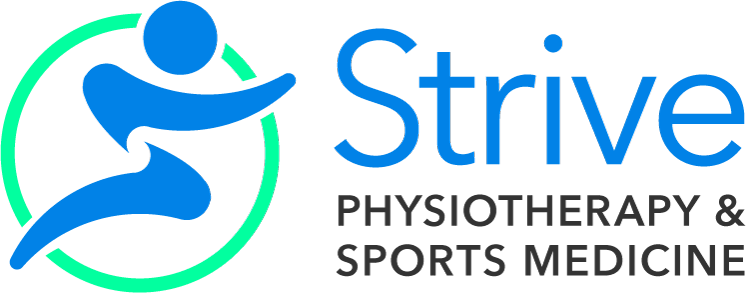What Is A Meniscus Tear?
A meniscus tear occurs when there is damage to the main shock absorbing structure of the knee, the meniscus. The meniscus is a cartilaginous disc on the inside of the joint that is essential for optimal nutrition and health of the knee. It can be injured in isolation, or along with damage to the anterior cruciate ligament (ACL) and the medial collateral ligament (MCL) –also known as the “unhappy triad”.
What Causes A Meniscus Tear ? What Are Common Symptoms?
A meniscus tear is often an acute injury that occurs during a sudden twisting motion at the knee joint while in a bent and weight bearing position. Meniscus tears can also occur gradually over time due to excessive loading of the joint for a long time, in this case we refer to them as degenerative meniscal tears.
Common symptoms of meniscal tears include:
- Pain ‘inside’ the knee joint.
- Pain with weight bearing activities (eg. walking, squatting and stairs).
- Clicking/cracking/locking of the knee.
How Can Physiotherapy Help My Meniscus Tear?
To treat your meniscus tear, your Strive Physiotherapist will employ a variety of hands on skills such as traction to offload the knee joint and mobilizations to restore the full mobility of the knee. They may also use techniques such as taping for support and Acupuncture and Dry Needling for pain control. You will be given a tailored exercise program aimed at restoring mobility at the knee and strengthening muscles to minimize the stress placed through the meniscus when in weight bearing positions.
How Can Massage Therapy Help My Meniscus Tear?
A lot of the time, walking around with a meniscal tear in the beginning can be painful. Therefore, it is not uncommon to begin to develop aches and pains in other areas due to your body compensating for this pain. Your Strive Massage Therapist can help to treat the tightness that develops in the muscles of the hip, lower back, thigh and calf from these compensations.
How Can Sports Medicine/Physiatry Help My Meniscus Tear?
In some cases, your Physiotherapist or Massage Therapist may recommend that you see a Sports Medicine Physician for your meniscus tear. Your Strive Physiatrist and Sports Medicine Physician may send you for an MRI to determine the extent of the damage to your meniscus and if necessary, to an orthopedic surgeon for a consultation.
They can also perform various specialized injections such as cortisone and provide medications both oral and topical.
How Long Does It Take For Me To Recover From My Meniscus Tear?
Timelines for recovery from a meniscus tear vary, and often depend on whether the tear was acute, where the tear is, how large it is, and whether it is blocking the joint mobility. Generally, someone with a smaller tear will recover with therapy in 6-8 weeks. Someone who has a larger tear will typically undergo conservative management for 3 months, at which time if they are seeing no changes in function, they will be referred to an Orthopedic Surgeon to determine whether they are a good surgical candidate.
What Are The Best Exercises To Help With My Meniscus Tear?
To get started with some exercises to help you recover from your meniscus tear, check out the Meniscus Tear Home Exercise Program. Please keep in mind that these exercises were designed as a place to start to address your symptoms. These exercises should not be performed or continued if they cause or increase your pain in any way. Using these exercises for self-management of your symptoms does not replace the value of being assessed by a Health Professional. If you find you need help, let a Strive Health Professional help you, book your time today!
What Can I Do To Treat My Meniscus Tear At Home?
Avoid doing the things that aggravate your symptoms. Eg. if your pain is always worse after walking downstairs, try taking them one step at a time for now (leading with your sore leg each time) to avoid flaring up your symptoms while working hard on your recovery.
Muscle release to the IT band and thigh muscles
- This can include rolling the muscles out with a foam roller or massage stick
Take frequent breaks from standing during the day to take the pressure off your healing meniscus and try to ensure that when you are sitting you gently keep your knee moving to prevent stiffness and get rid of any swelling.
Written in 2020 by Kiah Brubacher-Cressman, Registered Physiotherapist

Alex Ruth
BScKin (Hons), MScPT, CIDN
Registered Physiotherapist
Alex’s clinical skills include comprehensive neuromusculoskeletal assessment and treatment for clients throughout the lifespan, from helping children achieve their developmental milestones, to helping adults and seniors stay active and maximize their independence. Alex values the importance of the therapeutic relationship and strives to provide the utmost patient-centered care, by helping clients achieve their individual goals while considering their unique life experiences and prioritizing comfort, communication and trauma-informed care.


